Attending and chairing the Conference were Deputy Minister of Culture, Sports and Tourism Hoang Dao Cuong; Vice Chairman of An Giang Provincial People's Committee, Head of the Dossier Building Committee Le Trung Ho; Vice Chairman of the National Heritage Council Dang Van Bai.
The conference was attended by a large number of managers, researchers and experts.
Deputy Minister Hoang Dao Cuong chaired the Conference
Important vestiges of Oc Eo civilization
Speaking at the Conference, Mr. Le Trung Ho said that An Giang province has completed the first phase of the process of building a dossier to nominate the Oc Eo - Ba The archaeological site to submit to UNESCO for recognition as a World Cultural Heritage.
Mr. Le Trung Ho said that An Giang always determines that preserving and promoting the value of the Oc Eo - Ba The relic is not only a responsibility to the past but also a practical action for the present and the future. At the same time, the province commits to closely coordinate with specialized agencies, international organizations, and scientists to build a solid and convincing scientific dossier, contributing to making the Oc Eo - Ba The relic a World Heritage Site, contributing to the cultural treasure of humanity.
An Giang province is currently focusing on completing the final steps to prepare the nomination dossier and heritage management plan. The goal is to submit the draft nomination dossier to the World Heritage Centre before September 30, 2025, and the official nomination dossier to the World Heritage Centre before February 1, 2026.
Mr. Le Trung Ho emphasized: "If the relic site is recognized by UNESCO as a World Cultural Heritage, it will not only be the pride of the country but also international recognition of the historical, cultural and archaeological values of the Southern region."
Oc Eo - Ba The archaeological site is located in Oc Eo town, Thoai Son district, An Giang province, with a total planned conservation area of about 433.1 hectares. Of which, the slope and foot of Ba The mountain (area A) is nearly 144 hectares, and Oc Eo field (area B) is more than 289 hectares.
Prof. Dr. Truong Quoc Binh, member of the National Cultural Heritage Council for the first term (2004-2009) and the second term (2010-2015) spoke at the Conference.
Oc Eo - Ba The is an important vestige of the Oc Eo civilization, which flourished in the South from the 1st to the 7th century. This was once one of the major trading centers of the kingdom of Phu Nam, with a system of canals, architecture and archaeological relics reflecting a high level of economic, cultural and religious development.
The relic site is a complex, including residential centers, religious architecture, craft workshops, ancient canals and burial grounds distributed from the slopes of Ba The mountain to Oc Eo field. Based on archaeological studies, especially the spatial and temporal divergence diagram of Pierre-Yves Manguin, the formation and development of the relic site can be divided into three stages:
Phase I: Early urban formation (1st century BC - 3rd century AD). This is the initial period of the Oc Eo - Ba The urban area. Residential sites are dominant, reflecting a stable, settled community. The thick cultural layer, containing many ceramic, wood, charcoal and ash relics... shows that residential activities, handicraft production and agriculture were developed.
Phase II: Peak (4th - 7th century). This is the period of explosion in scale, density of relics and complexity in spatial organization. Religious architecture and brick and stone structures were built densely. The appearance of the wall-moat structure surrounding the "Oc Eo city" and types of burials such as brick tombs, jar tombs, and cremation tombs.
Linh Son Nam relic belongs to Oc Eo - Ba The relic site
Phase III: Transition and Transformation (7th - 12th century). After the 7th century, the site underwent changes in function and space. The architecture of this phase often overlapped the old foundation, with pre-Angkorian characteristics, with the presence of marble and recycled bricks.
The ancient urban space of Oc Eo declined, replaced by the contraction and restructuring of the ritual and residential space around Ba The, reflecting the transfer of power and political and cultural influence from Phu Nam to Chenla.
The Oc Eo - Ba The relic site demonstrates a long and continuous cultural development process, lasting from the end of the 12th century BC to the 12th century AD, with more than 1,000 years of history. This is an outstanding testament to the formation and development of a complex ancient urban center, going through many stages of expansion, transformation and adaptation.
In particular, Oc Eo - Ba The represents a unique urban-port model, formed and developed in the flooded coastal environment of the lower Mekong River. This is one of the earliest examples in Southeast Asia of a large-scale power-economic-religious center, planned according to a geometric layout associated with a system of artificial canals, flexibly adapted to the terrain and hydrology.
Dr. Le Thi Minh Ly, former Deputy Director of the Department of Cultural Heritage (Ministry of Culture, Sports and Tourism) gave comments at the Conference.
With its outstanding values, in 2012, the Oc Eo - Ba The archaeological and architectural relic was ranked as a special national relic. In January 2022, the World Heritage Center included the relic site in the list of candidates for world cultural heritage records.
The center of Oc Eo was surrounded by a system of moats - citadels and canals arranged along perpendicular axes, creating a checkerboard-style urban planning rarely seen in the region at the same time. Inside the citadel, residential clusters, temples, craft workshops and tombs were deliberately distributed, reflecting the ability to plan and manage the territory effectively of a high-ranking power institution.
The canal network, typically the Lung Lon canal, plays the role of both transportation and drainage, and connects the urban area with the estuary and surrounding areas, forming a port model associated with international trade.
According to Prof. Dr. Dang Van Bai - Vice Chairman of the National Council for Cultural Heritage, cultural heritage is not only what remains from the past but also the source of identity formation, a bridge of dialogue between civilizations. In that journey, Oc Eo - Ba The stands out as an important "intersection" between the historical, economic and cultural flows of the region.
Stone stele dated 2nd-7th century, excavated at Linh Son Bac relic site in Oc Eo - Ba The relic site
Converging great potential to become a world heritage
Professor Dang Van Bai said that this relic site has great potential to become a world heritage site. It is representative of the ancient port of Southeast Asia, a testament to the East-West exchange, and a clear mark of the creative delta civilization.
The conference agreed that, based on the criteria of outstanding global value, the Oc Eo - Ba The relic site can meet the criteria: Demonstrating an important intersection of human values, over a period or in a cultural area of the world; in terms of architectural development, technology, temple-building art, urban planning or landscape design.
At the same time, it meets the criteria: Being a unique or distinctive testimony to a cultural tradition or civilization, now extinct or still existing. In addition, the site also meets the criteria: Being an outstanding example of a traditional human settlement, land use or exploitation of the sea, representing one or more cultures, or human-environment interaction in a context vulnerable to irreversible change.
Speaking at the Conference, Deputy Minister Hoang Dao Cuong said that on July 30, An Giang province organized an international scientific workshop to consult on outstanding global values and criteria for nominating the Oc Eo - Ba The archaeological site as a World Heritage site.
Conference scene
To realize the goal of building a nomination dossier, the Ministry of Culture, Sports and Tourism has closely coordinated with the People's Committee of An Giang province and consulting units to carry out many research activities, supplement documents, and clearly define the boundaries, scope and outstanding values of the heritage.
The workshop is an important opportunity for domestic and foreign experts and scientists to discuss and consult on the nomination criteria and outstanding universal value (OUV) of the relic site, especially criteria II and III as recommended by UNESCO.
“After just over a month, An Giang province and related units organized today's conference, we have taken another important step in completing the dossier with the hope that UNESCO will recognize another heritage of Vietnam,” the Deputy Minister emphasized.
The Deputy Minister affirmed that the Oc Eo - Ba The Archaeological Heritage Profile is not only significant in terms of cultural heritage science but also in terms of politics. As the deadline for submitting the profile is approaching, the completion work needs to be carried out urgently. The Deputy Minister requested experts and scientists to carefully study the draft to give practical comments, contributing to An Giang province to complete the profile in the best way, on schedule.
Source: https://baovanhoa.vn/van-hoa/di-tich-quoc-gia-dac-biet-oc-eo-ba-the-huong-toi-di-san-van-hoa-the-gioi-165948.html


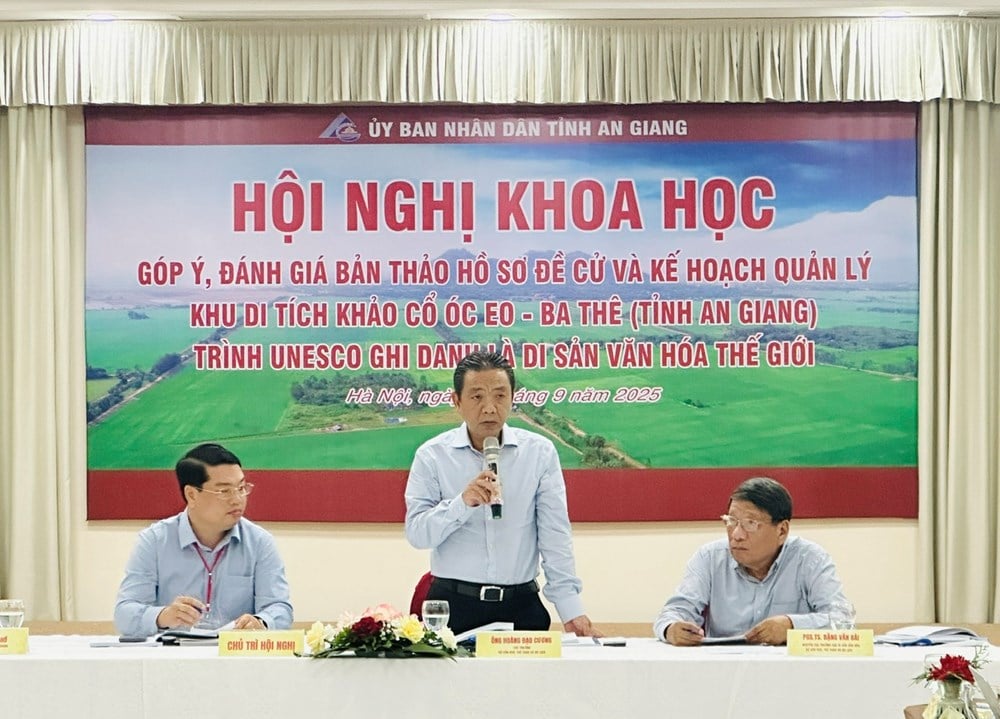
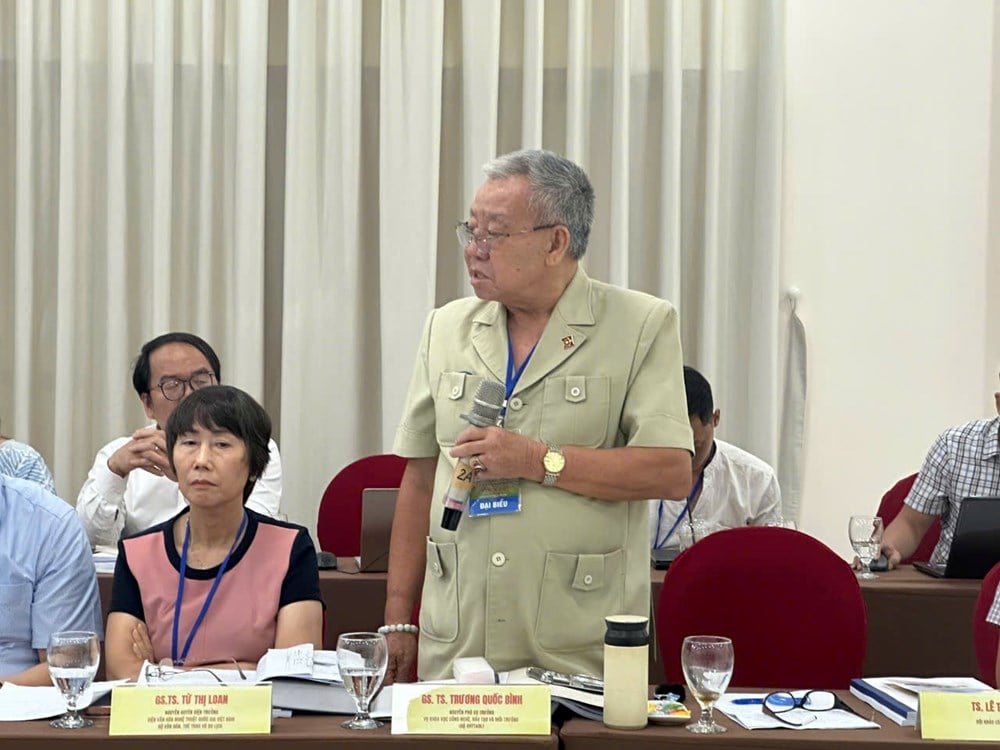
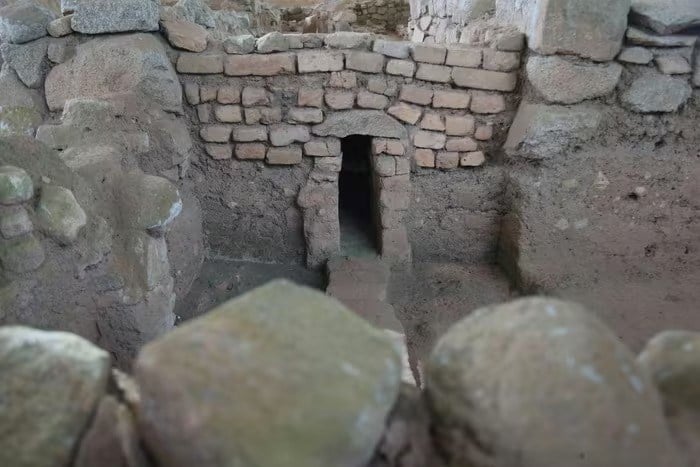
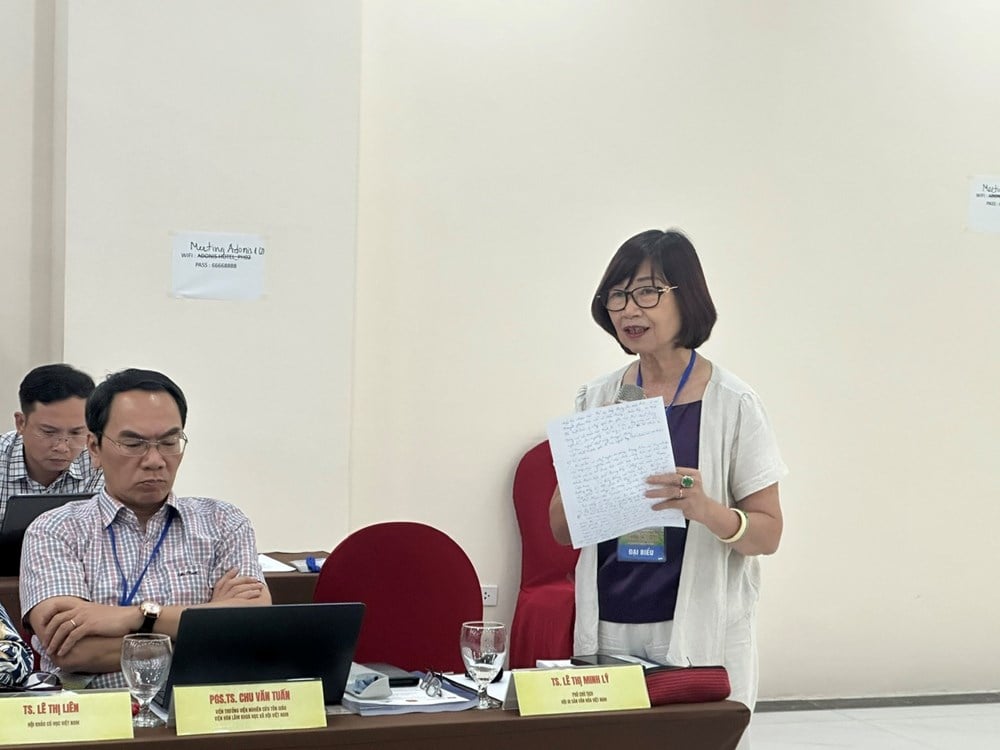
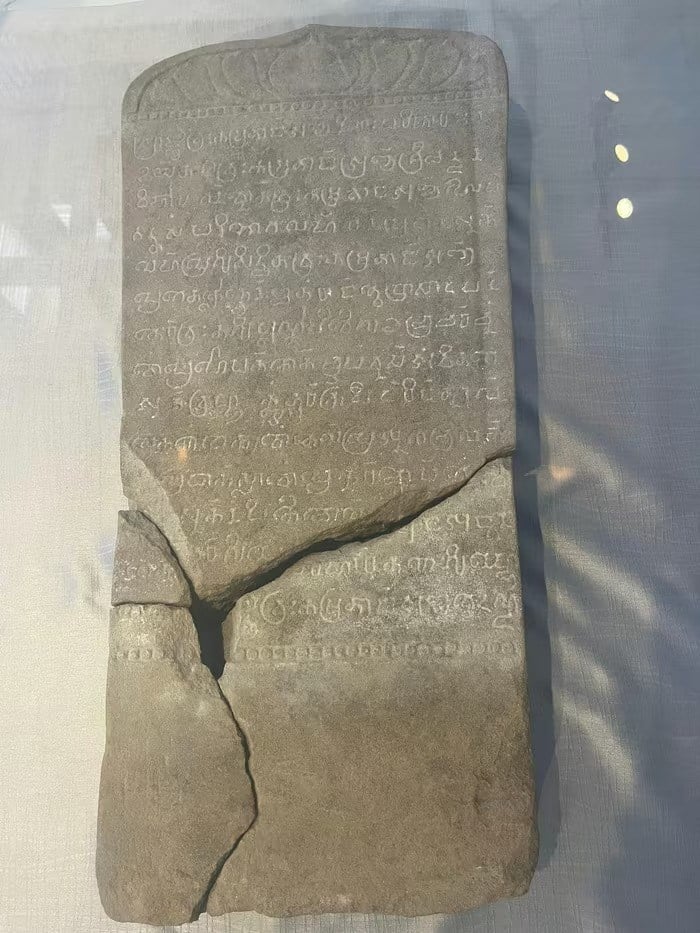
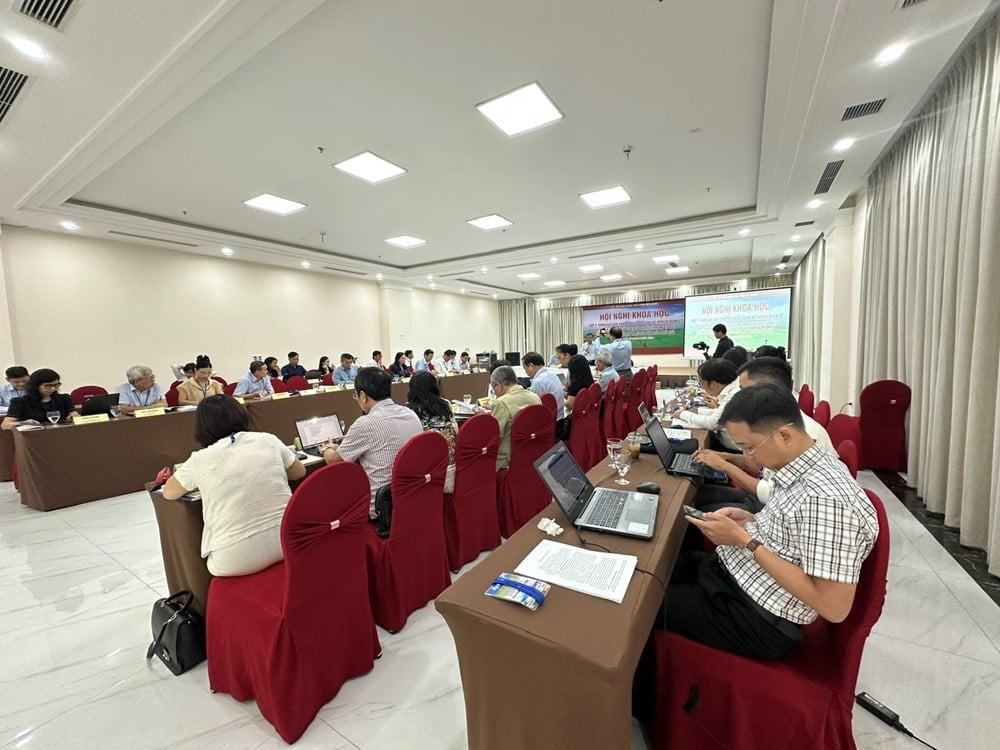


![[Photo] Prime Minister Pham Minh Chinh chairs meeting to deploy overcoming consequences of storm No. 10](https://vphoto.vietnam.vn/thumb/1200x675/vietnam/resource/IMAGE/2025/10/3/544f420dcc844463898fcbef46247d16)

![[Photo] Students of Binh Minh Primary School enjoy the full moon festival, receiving the joys of childhood](https://vphoto.vietnam.vn/thumb/1200x675/vietnam/resource/IMAGE/2025/10/3/8cf8abef22fe4471be400a818912cb85)

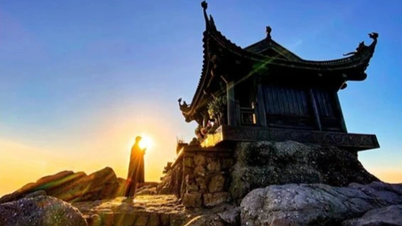

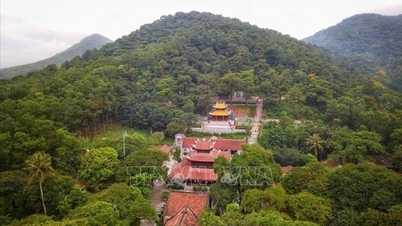

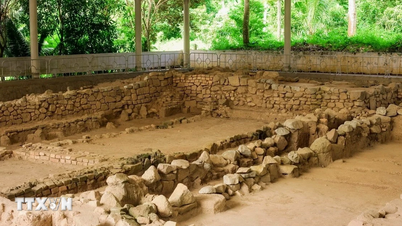

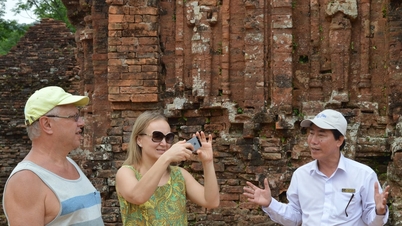


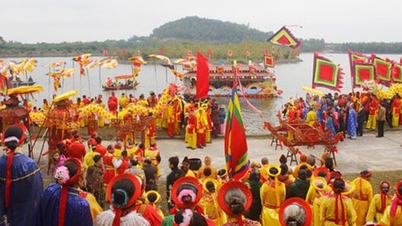





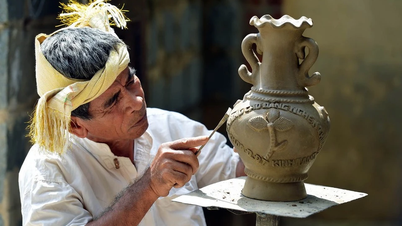





























































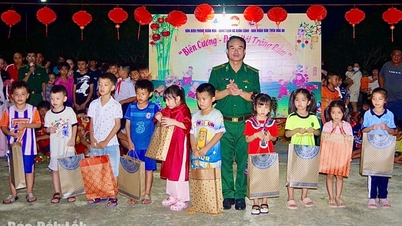











Comment (0)